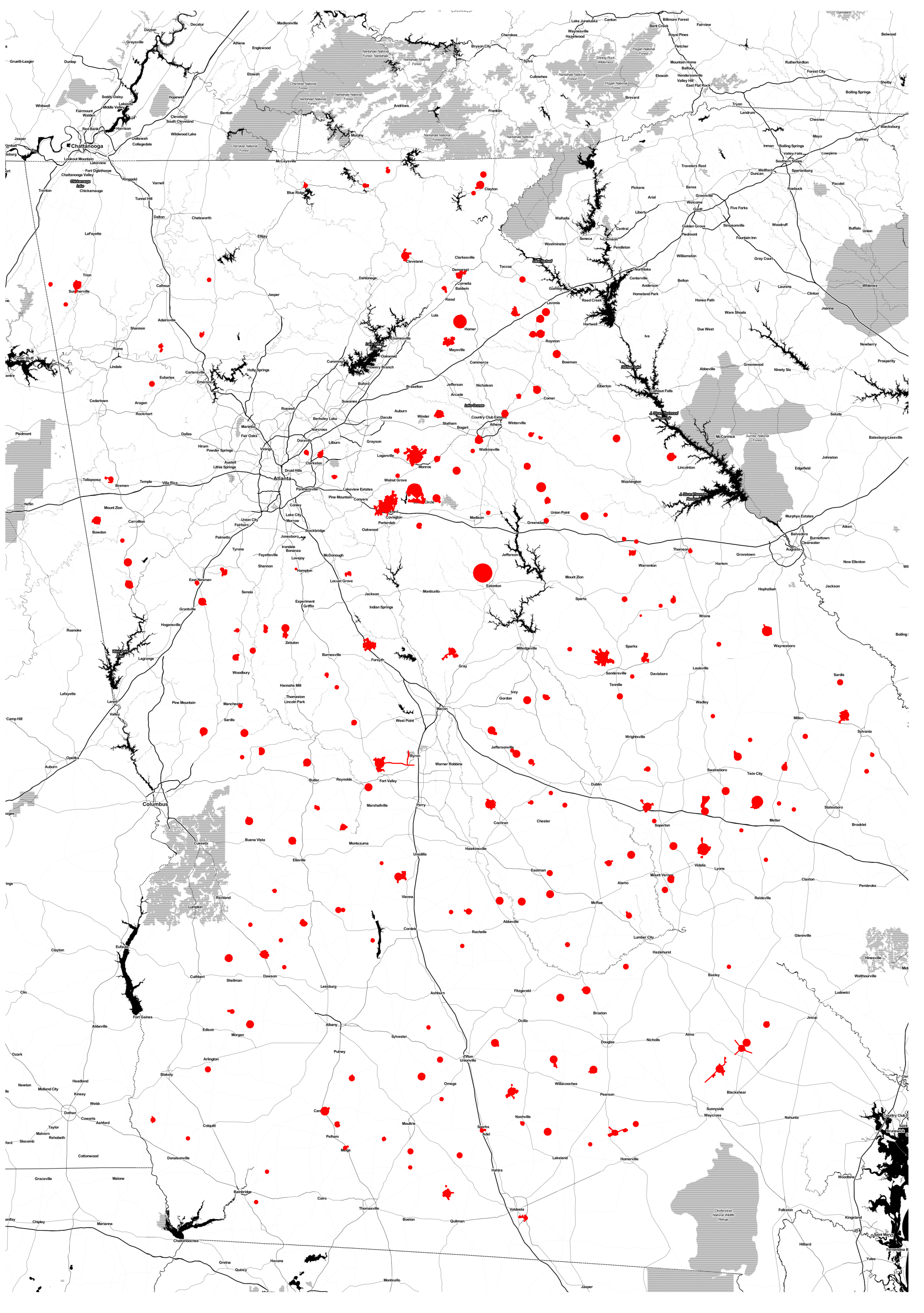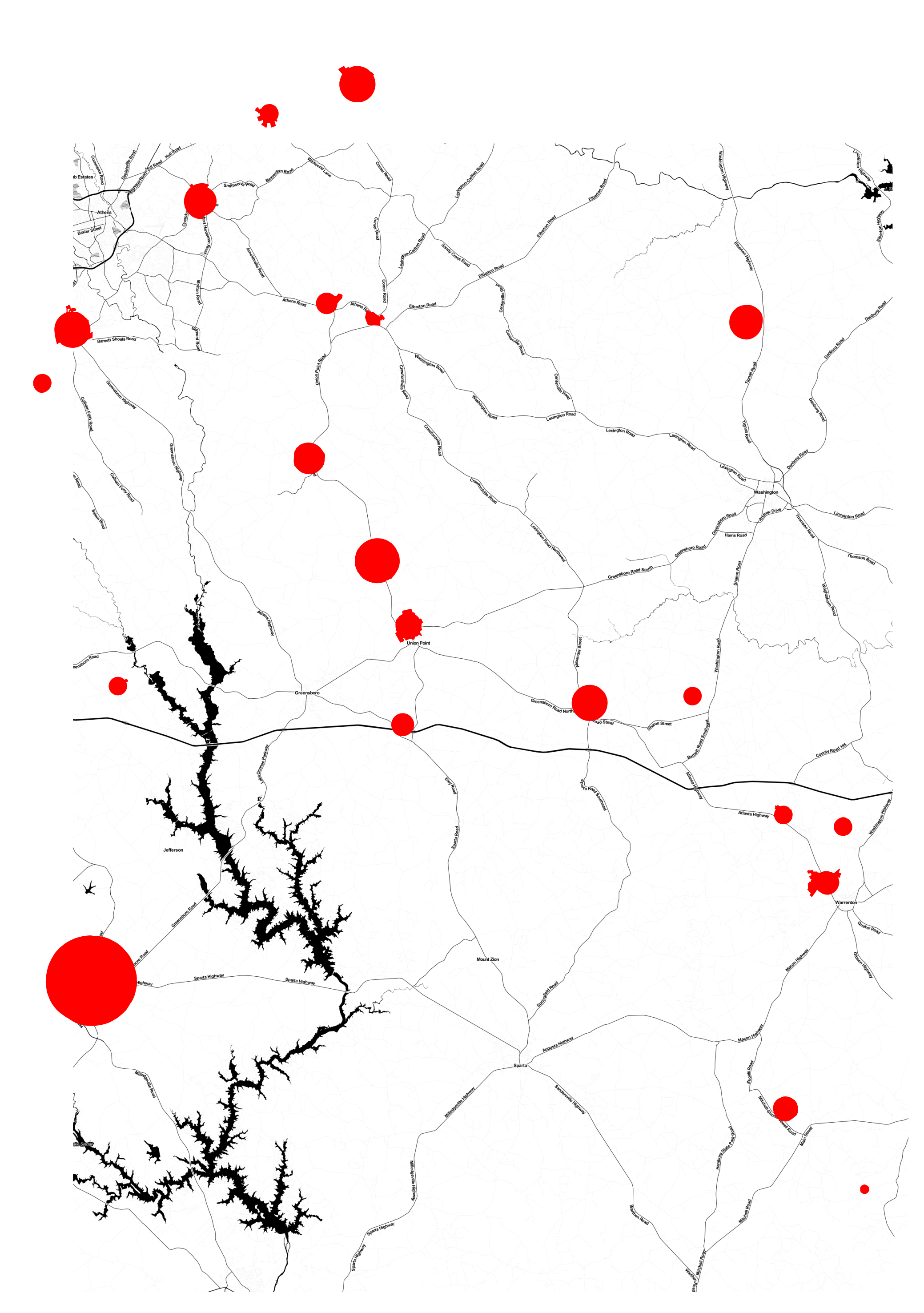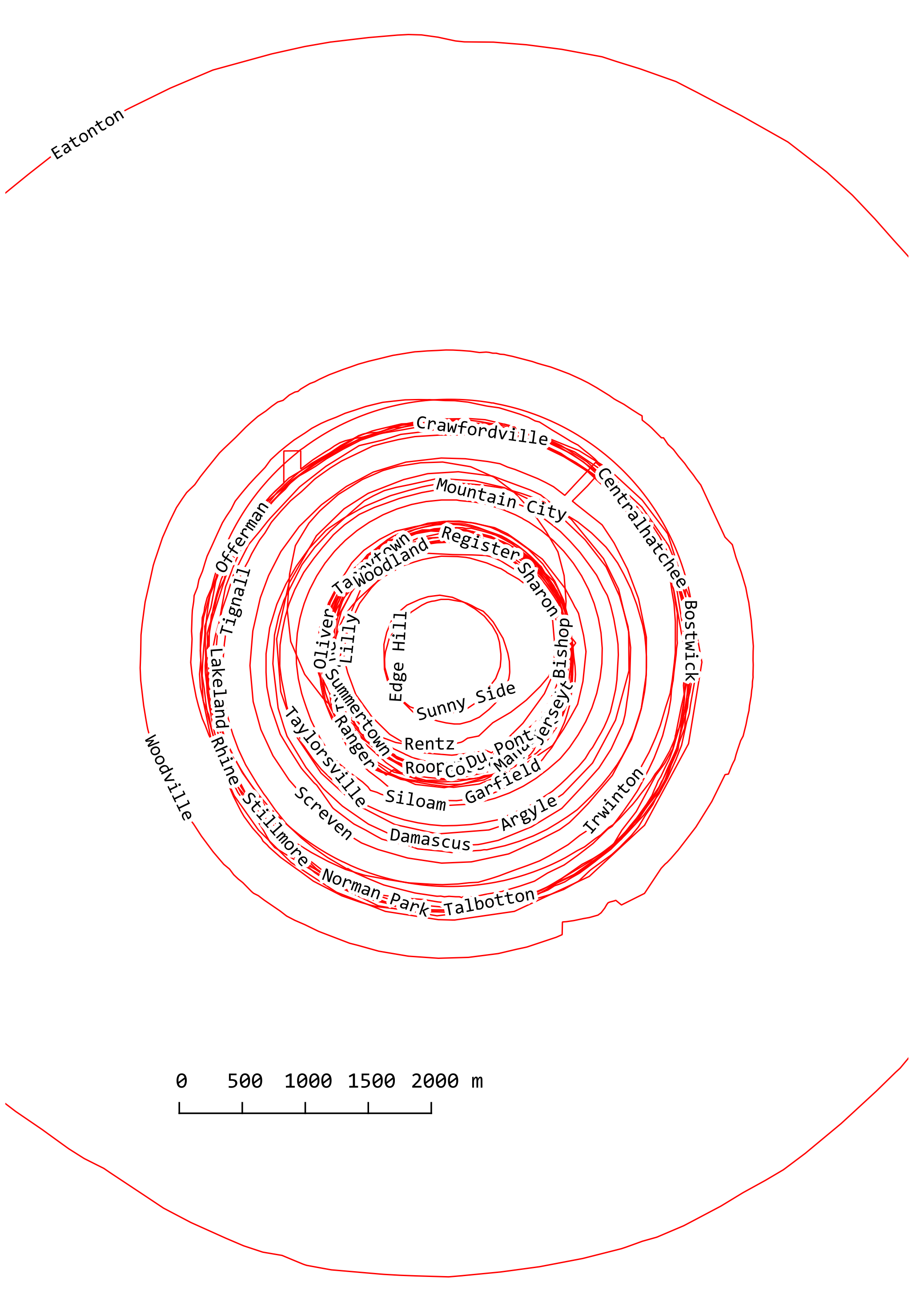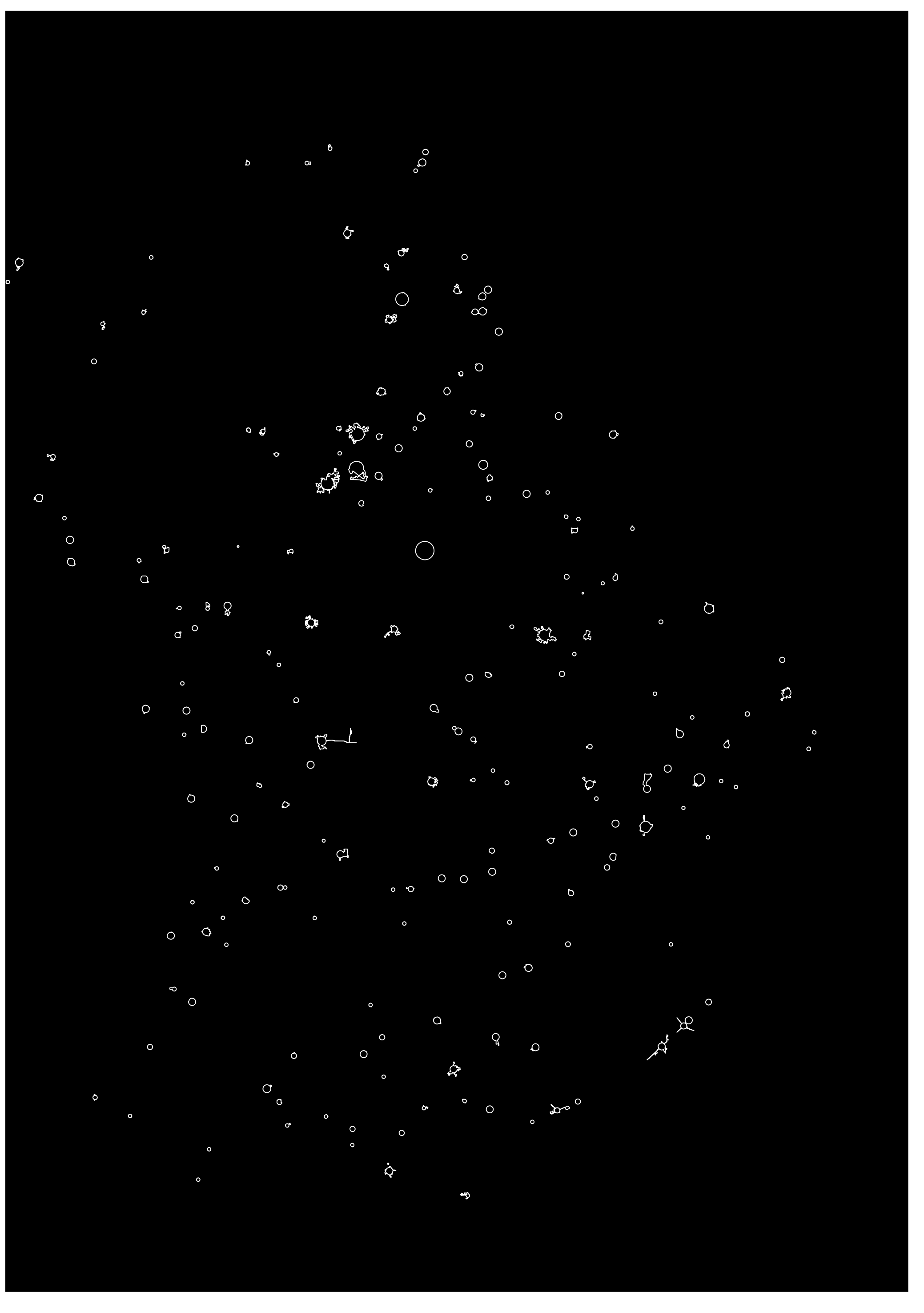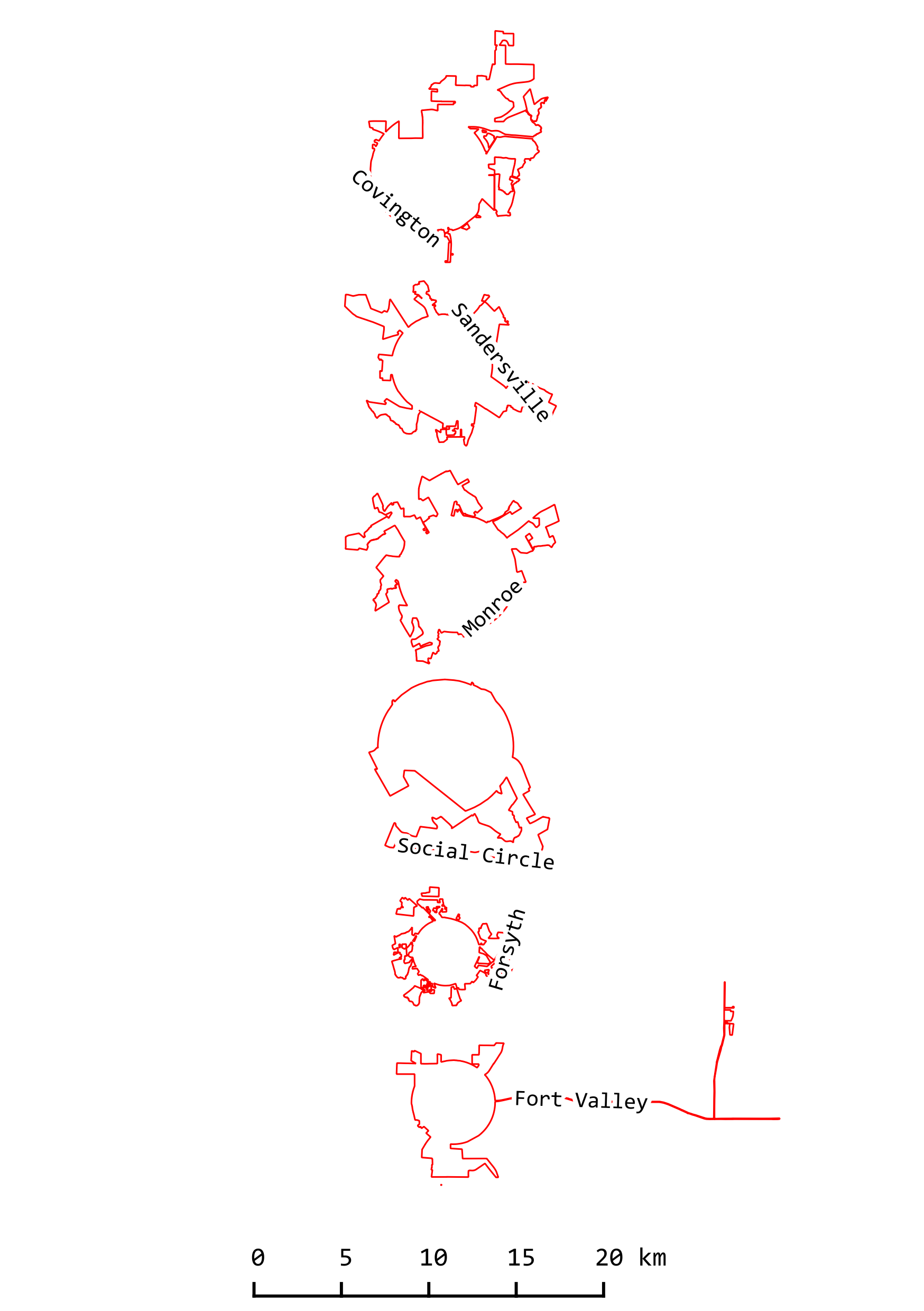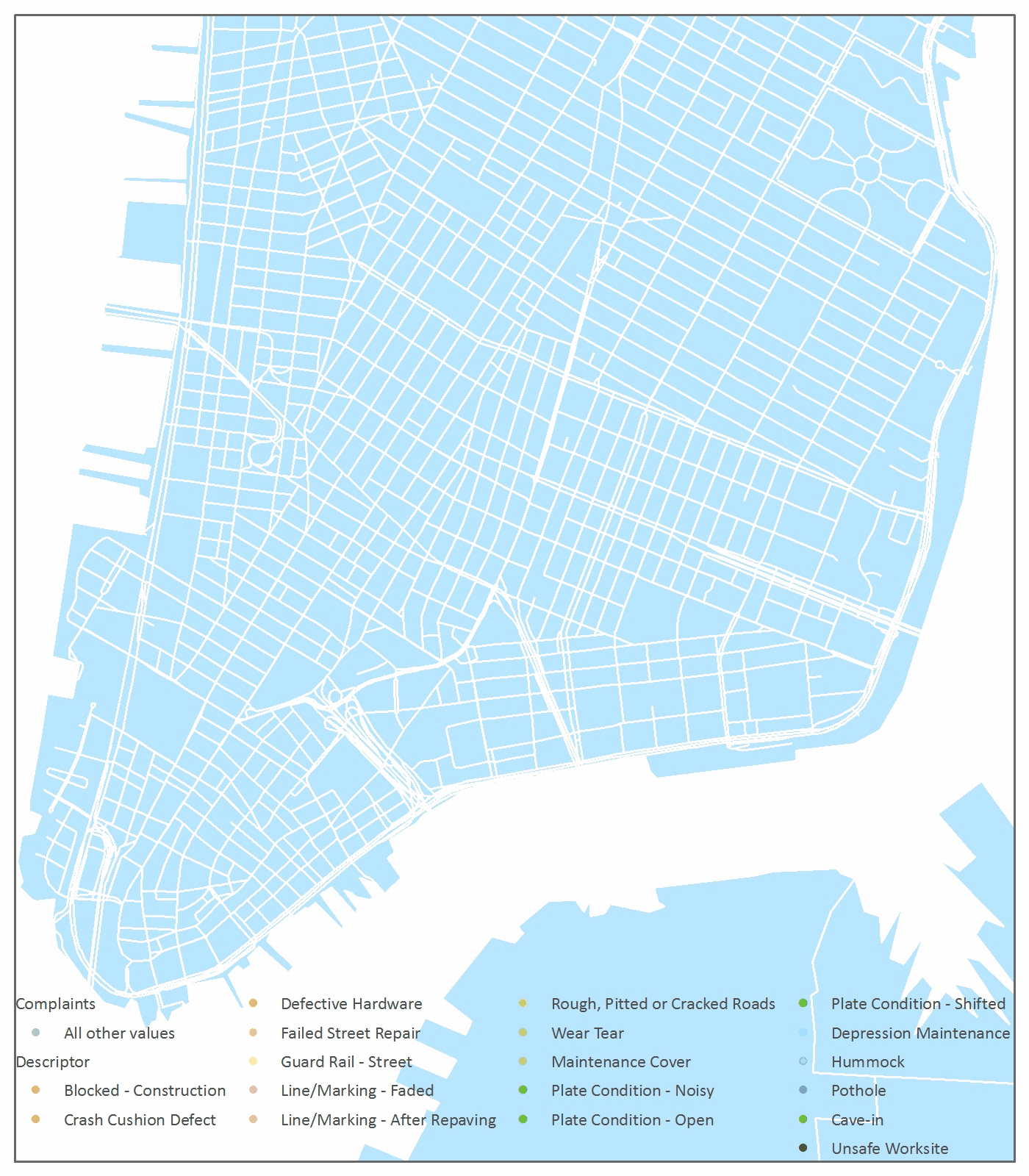San Francisco Tree Census
I mapped all street trees in San Francisco as of April 26, 2015 recorded by Department of Public Works. Shades of green represent trees grouped by genus (legend below).
Sadly, Mapbox no longer supports the classic styles on which this map was built, so I’ve taken down what used to be an interactive map. Screen captures of the project, as it used to exist, are below.
(Street trees set excludes parks, including Golden Gate and Presidio.) Data from SF Open Data. Map created with Tilemill and Mapbox Studio. See the code.
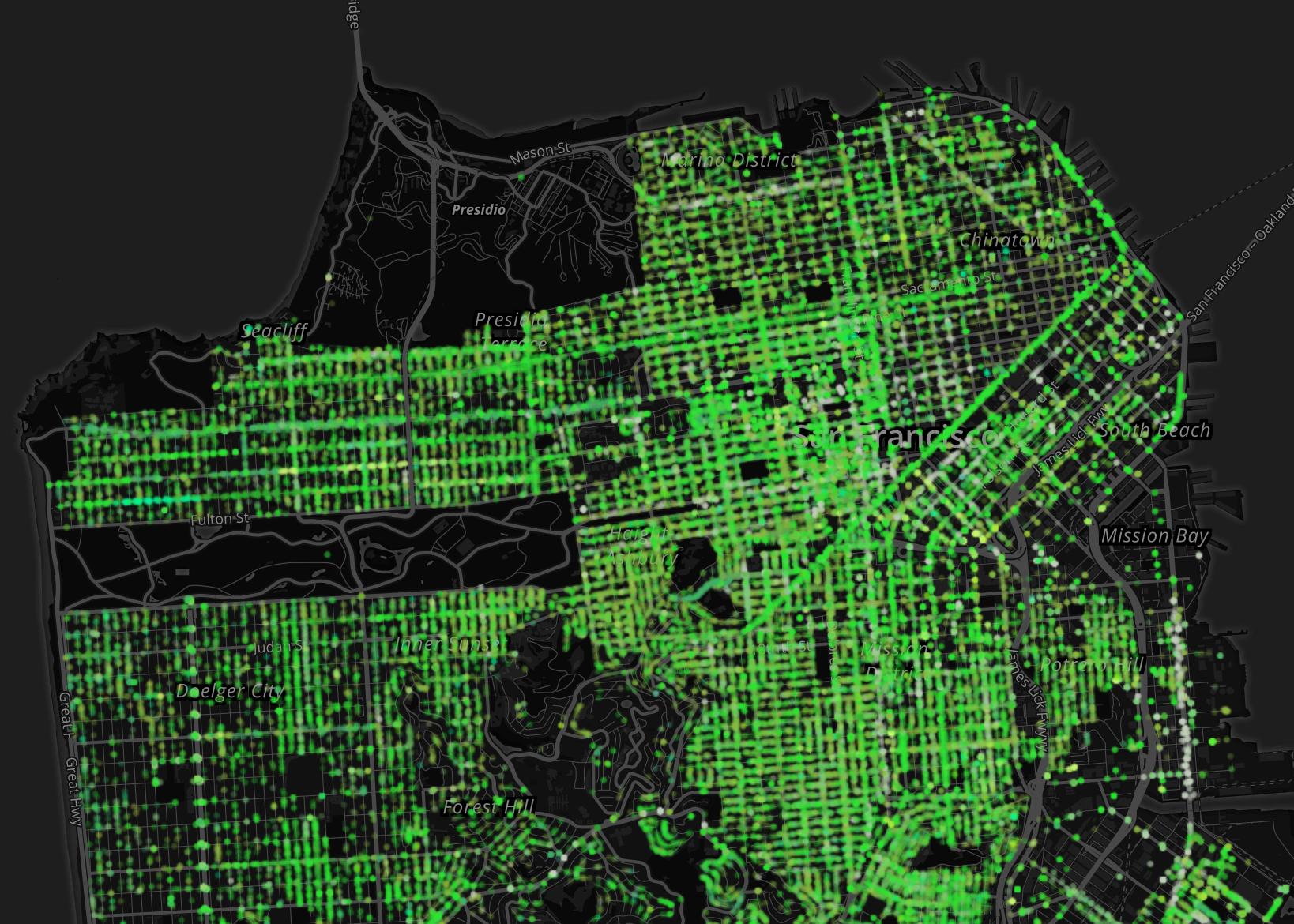

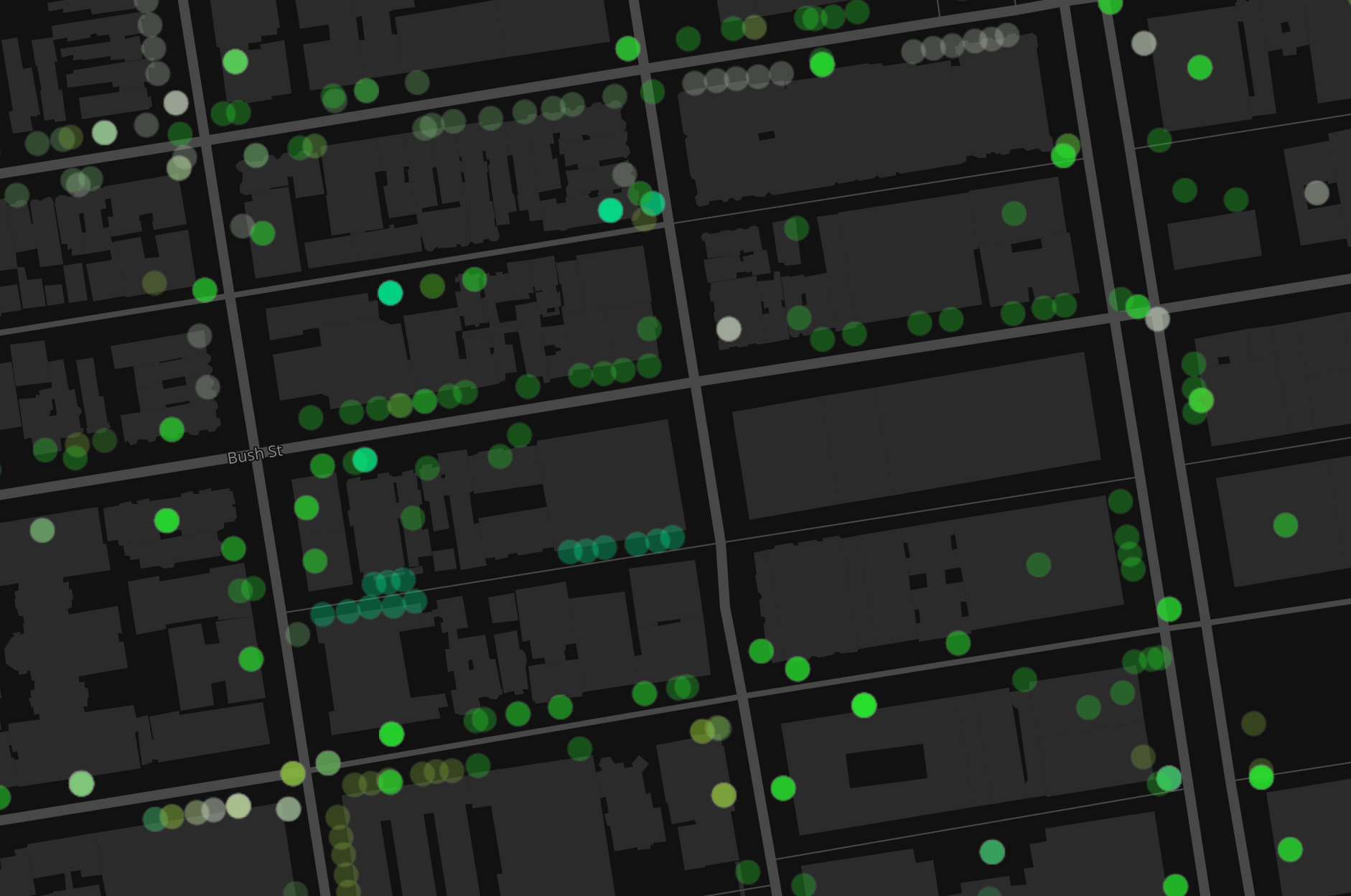
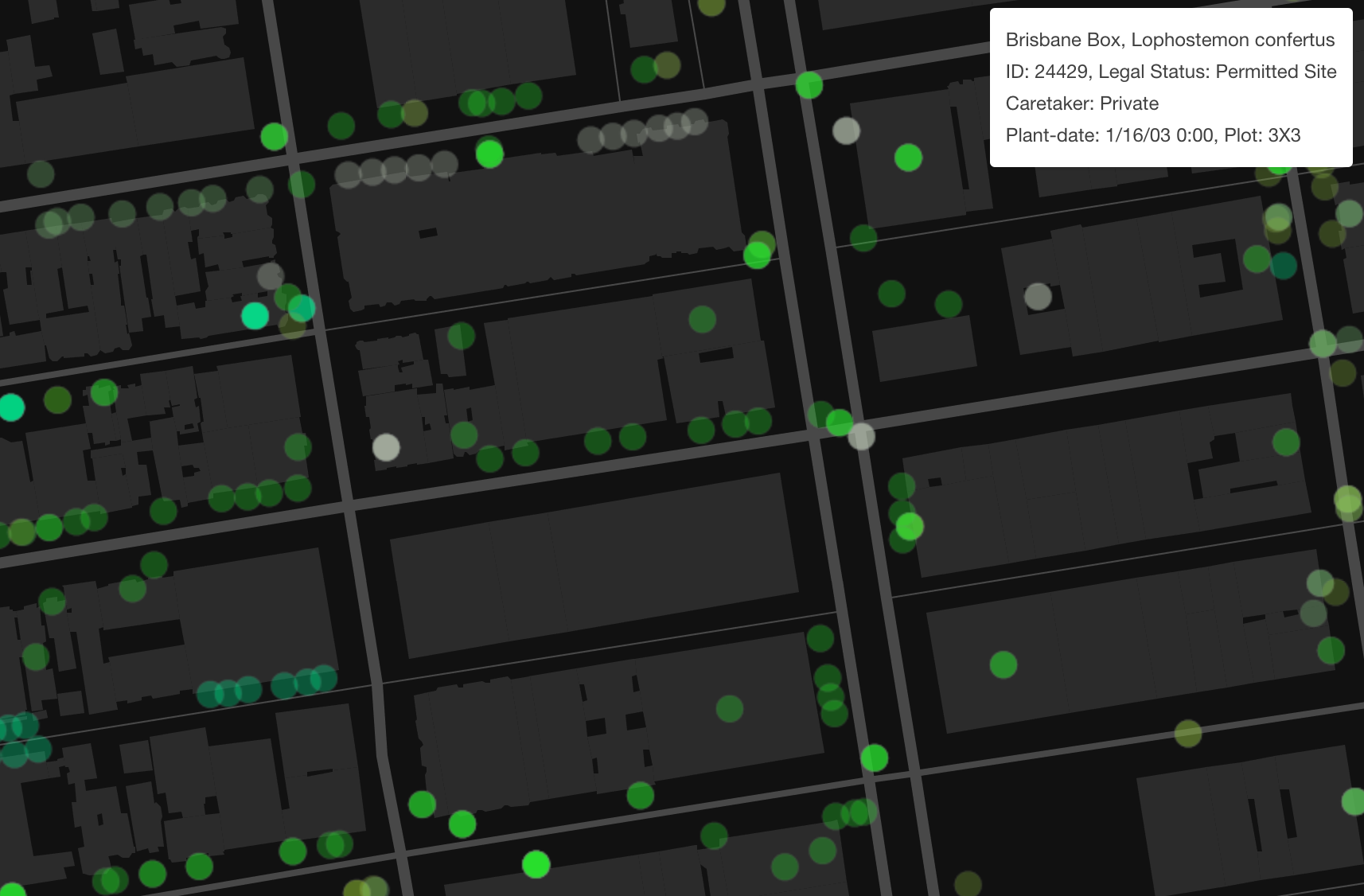
LEGEND
Acacia
Maple (acer)
Chestnut (Aesculus)
Willow (Agonis)
Pine (Araucaria)
Birch (Betula)
Palm (Brahea)
Bottlebrush (Callistemon)
Hornbeam (Carpinus)
Beefwood (Casurina)
Cedar (Cedrus)
Hackberry (Celtis)
Gum (Corymbia)
Hawthorn (Crataegus)
Carrotwood (Cupaniopsis)
Cypress (Cupressus)
Bush (Dodonaea)
Dragon Tree (Dracaena)
Loquat (Eriobotrya)
Eucalyptus
Beech (Fagus)
Fig (Ficus)
Ash (Fraxinus)
Australian Willow (Geijera)
Gingko
Locust (Gleditsia)
Silk Oak (Grevillea)
Urchin/Hakea Tree (Hakea)
Sweet Shade (Hymenosporum)
Holly (Ilex)
Jacaranda
Juniper (Juniperus)
Laurel (Laurus)
Tea Tree (Leptospermum)
Sweet Gum (Liquidambar)
Magnolia
Crabapple (Malus)
Maleleuca
Olive (Olea europaea)
Cherry (Prunus)
Pear (Pyrus)
Oak (Quercus)
Elm (Ulmus)
Hawthorn (Rhaphiolepis)
Fan Palm (Washingtonia)
Yew (Taxus)








